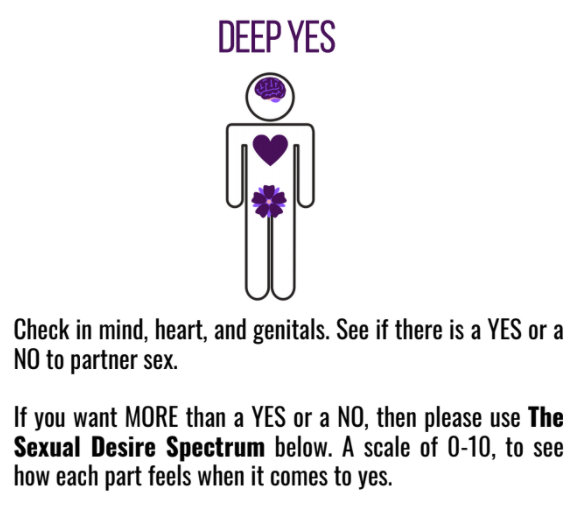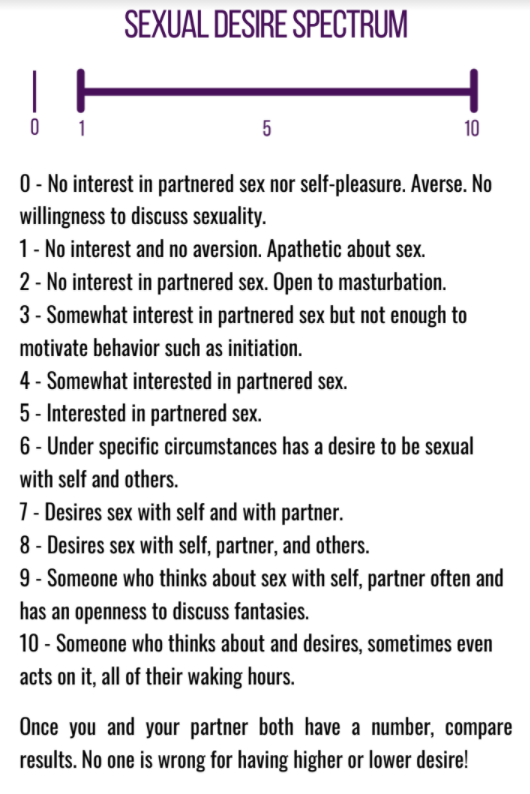Grieving An Affair: Being The Other Person
Grieving An Affair: Being The Other Person
When talking about grieving an affair, we rarely talk about how the third person feels in that scenario. We will talk about the poor wife or husband who didn’t have a clue what was happening behind their back. We will talk about the juicy details and comment with others. However, understanding how the other person feels and showing empathy for them is not as usual as it should be.
So, instead of being quick to judge, let’s take a look at how one becomes the other person, how they feel during the affair and when they should end it.
The other person
We all dream of having the right person falling for us. We are helplessly in love with them, we marry them and we have a family with them. Yet, this sounds more like a fairy tale than a real scenario to those who have been dating for a while without success. Sometimes, regardless of being a man or a woman, you can even fall in love with a person that is already committed to another person.
You will try to resist it and not think about them, yet your feelings for that person will be strong, maybe even stronger than your decision not to see them again. So, you go for that coffee as you only want to talk to them and you convince yourself that what you are feeling will go away if you spend 30 minutes with this person. Unfortunately, you fall in love and become the other person.
You know you are not the person they come home to, cuddle in bed every morning before going off to work, and do everything else that you wish to do with them. The relationship they have with their partner is a bigger priority than your moments of passionate lovemaking, electrified conversations and endless illusions.
And, as if these mixed feelings you have are not enough, you know that society will judge you, so you keep it a secret. Nobody will think about the way you feel as long as there is someone innocent in the story and you and your lover are the bad guys here. Incredibly unfair, right?
The lamb and the wolf
Usually, the affair starts somewhat similar to hunting. One person wants the other one for one or more reasons, and they start to hunt their prey. The person that is the prey is usually someone who is simply looking for love and has lower self-esteem. They might think they are not worthy of love because all of their friends are already married or they can’t get the attention of the people they like. There can be various reasons why someone will end up in a relationship like this.
On the other hand, the wolf in this story knows what it wants. It will use flattery, manipulation, seduction, power, humor, intelligence and any other tool that will help it to hunt its prey. This dynamic of the lamb and the wolf is what attracts them to each other and as much as it’s an interesting game between them, it has its ugly side too.
The other person knows that their existence is completely denied if a wife, friend or family member calls their lover. The other person will not be in the vacation photos that will later be shared with their friends or posted on Instagram. They will not be buying a home together and planning on how to decorate it. The other person stays in the shadows while their lover has another life with their couple.
When it becomes too much to handle…
Affairs will happen regardless of what society thinks of them. Even your small circle of friends might have a strong opinion when it comes to infidelity, yet you might be caught in it. These things happen, but when it’s time to put an end to this and walk away? Here is a list of symptoms and situations you can use as a guide:
- You only feel happy and in love when you are together. Once they leave, you immediately start feeling abandoned, sad, frustrated and/or hurt and it’s incredibly difficult to go back to your other activities.
- You spend your time spying on their online activities and sometimes, you are even stalking their partner to see what they are doing. You feel like you always need to know what’s happening in their lives.
- You are comparing yourself with your lover’s partner. From the way you look and dress to the profession, earnings and hobbies.
- You try to start a fight over the phone when you’re not together because it hurts you to think they are happy, and you are left alone.
- All of your plans will change if they wish to meet you. You might have planned something, yet as soon as your phone rings, everything around you disappears.
To simplify it, if it’s affecting you negatively in any way, it’s time to stop it. Maybe it was all fun and games until you fell in love and now you want commitment. If this happens, talk about it and explain that you cannot stay in this type of relationship anymore. If they are not willing to end it with their partner and focus only on you, they are not worth your time nor love.
Focus on your healing process
Can you heal from being the other person? It might seem difficult, yet it’s not impossible. Most people who decide to have an affair when faced with challenges and doubts will feel completely alone as they need to keep their affair a secret. So, what can you actually do?
If you don’t feel ready to end it at the moment, that’s completely fine. Take a few days for yourself or you can even plan a short vacation. Think about what type of relationship you actually need and the partner you wish to have in your life. You can write it all down on a piece of paper or on your phone to understand what you are looking for. Once you know what you want, it’s easier to let go of something that doesn’t meet your criteria.
Remind yourself who you were before you met this person and got caught up in this affair. How did you spend your free time? Did you use to go out with your friends on the weekends? Were you passionate about art, visiting concerts or maybe spending time with your family? Think about these things and start practicing them more and you’ll notice how the feeling of loneliness and sadness is slowly disappearing.
As much as you want to keep this a secret, you probably have one person in your life who will listen to you without judging. It might be your best friend, cousin, neighbor or even your mother or father. Getting the support you need will help you make the right decisions and take care of yourself. After all, to love someone you need to learn how to love yourself first!
About Life Coaching and Therapy
Life Coaching and Therapy (LCAT) is a therapy and coaching practice that transforms our clients lives through our flexibility multi-technique approach and pleasure-skills training provided by systematically trained and licensed therapists!
Get to know our founder and owner, Amanda Pasciucco, (a.k.a. The Sex Healer) PhD, Licensed Marriage and Family Therapist (LMFT), and an AASECT Certified Sex Therapist (CST) who has developed innovative therapy programs and therapy videos that get results.
Our team of compassionate, licensed therapists and certified sex therapists helps all clients who visit us for a variety of personal, relationship, intimacy and sex problems.
LCAT provides on-site appointments, as well as video chat and text therapy programs.
Learn more about how LCAT can help improve your life at What We Do.



























